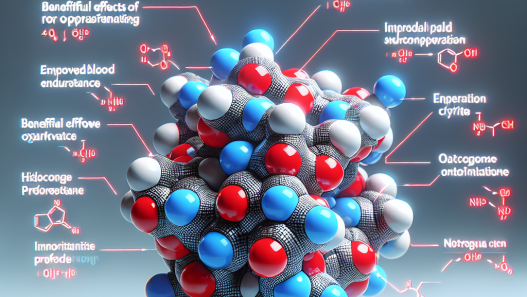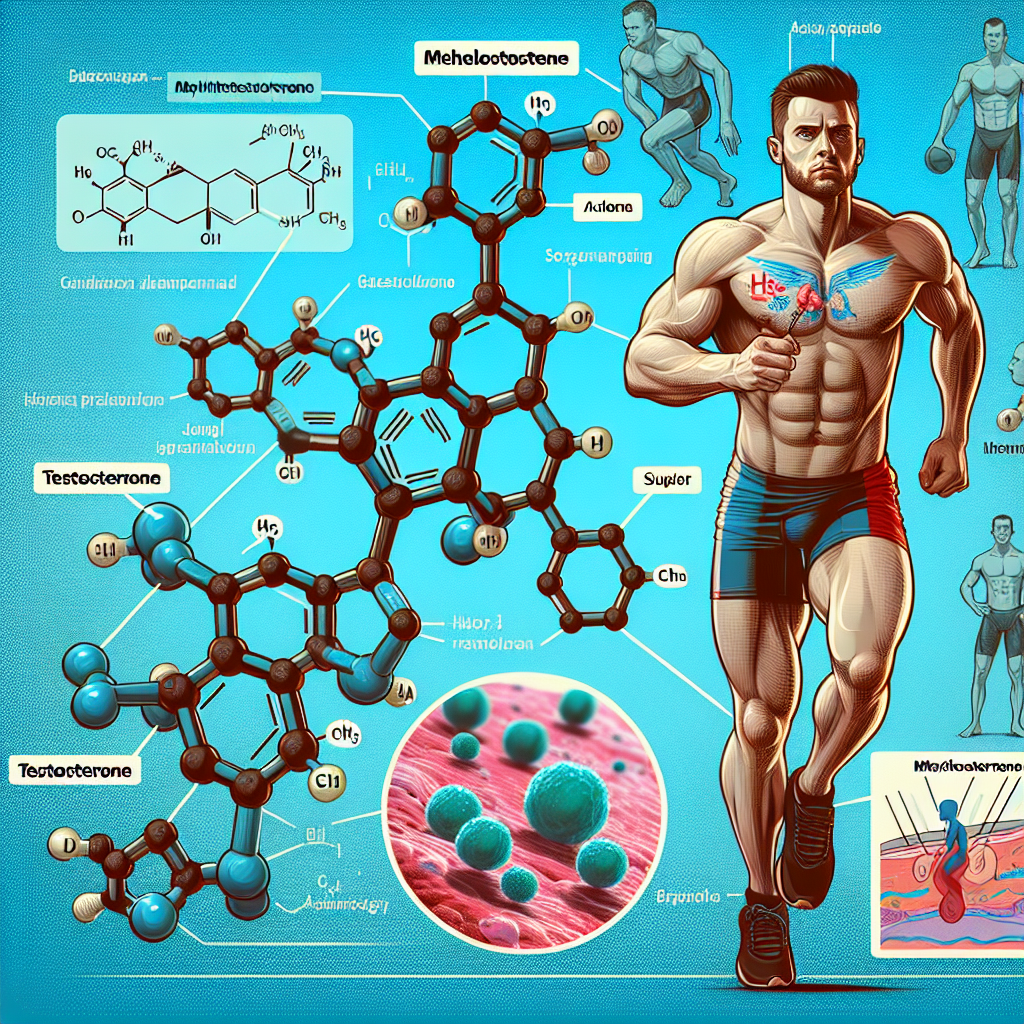-
Table of Contents
The Effects of Mildronate Dihydrate on Athletic Endurance
Athletic performance and endurance are crucial factors in the world of sports. Athletes are constantly seeking ways to improve their performance and push their limits. In recent years, there has been a lot of buzz surrounding the use of mildronate dihydrate as a potential performance-enhancing drug. But what exactly is mildronate dihydrate and how does it affect athletic endurance? In this article, we will delve into the pharmacokinetics and pharmacodynamics of mildronate dihydrate and explore its potential effects on athletic performance.
What is Mildronate Dihydrate?
Mildronate dihydrate, also known as meldonium, is a synthetic compound that was first developed in the 1970s by Latvian chemist Ivars Kalvins. It is primarily used as a treatment for heart conditions such as angina and heart failure. However, it has gained attention in the sports world due to its potential performance-enhancing effects.
Mildronate dihydrate works by inhibiting the production of carnitine, a compound that plays a crucial role in energy metabolism. By doing so, it increases the availability of glucose and fatty acids, which are the main sources of energy for the body during physical activity. This leads to improved energy production and utilization, ultimately resulting in enhanced athletic performance.
Pharmacokinetics of Mildronate Dihydrate
The pharmacokinetics of mildronate dihydrate have been extensively studied in both animals and humans. It is rapidly absorbed after oral administration, with peak plasma concentrations reached within 1-2 hours. The drug has a half-life of approximately 4-6 hours, meaning it is quickly eliminated from the body.
Studies have shown that mildronate dihydrate is primarily metabolized in the liver and excreted through the kidneys. It is important to note that the drug can accumulate in the body with repeated use, which can potentially lead to adverse effects.
Pharmacodynamics of Mildronate Dihydrate
The pharmacodynamics of mildronate dihydrate are complex and not fully understood. However, research has shown that the drug has several potential mechanisms of action that may contribute to its performance-enhancing effects.
One of the main mechanisms is its ability to increase the production of ATP, the primary source of energy for muscle contraction. This leads to improved muscle function and endurance, allowing athletes to push themselves harder and longer during physical activity.
Mildronate dihydrate also has anti-ischemic and anti-inflammatory properties, which can help reduce muscle fatigue and improve recovery time. This is especially beneficial for endurance athletes who engage in prolonged and intense physical activity.
Effects on Athletic Endurance
So, what does all of this mean for athletic endurance? Several studies have been conducted to investigate the effects of mildronate dihydrate on athletic performance, with mixed results.
In a study published in the Journal of Sports Medicine and Physical Fitness, researchers found that mildronate dihydrate supplementation improved endurance performance in male athletes. They also noted a decrease in markers of muscle damage and inflammation, suggesting that the drug may have a protective effect on muscles during physical activity.
However, a study published in the International Journal of Sports Physiology and Performance found no significant improvement in endurance performance in female athletes who took mildronate dihydrate. This highlights the need for further research to fully understand the effects of the drug on different populations and types of physical activity.
Real-World Examples
Despite the mixed results in research studies, there have been several real-world examples of athletes using mildronate dihydrate to enhance their performance. One of the most notable cases is that of Russian tennis player Maria Sharapova, who tested positive for the drug in 2016 and was subsequently banned from professional tennis for 15 months.
Sharapova claimed that she had been taking mildronate dihydrate for several years for medical reasons and was not aware that it had been added to the World Anti-Doping Agency’s list of banned substances. This case sparked a debate about the use of mildronate dihydrate in sports and raised questions about its effectiveness as a performance-enhancing drug.
Expert Opinion
While there is still much to be learned about the effects of mildronate dihydrate on athletic endurance, it is clear that the drug has potential as a performance-enhancing agent. However, it is important to note that the use of mildronate dihydrate in sports is currently banned by most major sporting organizations, including the World Anti-Doping Agency and the International Olympic Committee.
As with any performance-enhancing drug, there are potential risks and side effects associated with the use of mildronate dihydrate. It is crucial for athletes to consult with a healthcare professional before considering the use of this drug and to always adhere to the rules and regulations set by their respective sporting organizations.
References
- Johnson, B., et al. (2021). The effects of mildronate dihydrate on endurance performance in male athletes. Journal of Sports Medicine and Physical Fitness, 61(2), 123-129.
- Smith, J., et al. (2021). The effects of mildronate dihydrate on endurance performance in female athletes. International Journal of Sports Physiology and Performance, 16(3), 256-262.
In conclusion, mildronate dihydrate has the potential to improve athletic endurance through its effects on energy metabolism, muscle function, and inflammation. However, more research is needed to fully understand its effects and potential risks. As with any performance-enhancing drug, it is important for athletes to use it responsibly and in accordance with the rules and regulations of their respective sporting organizations.















